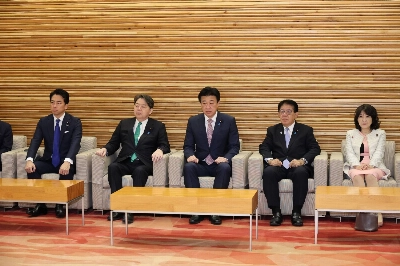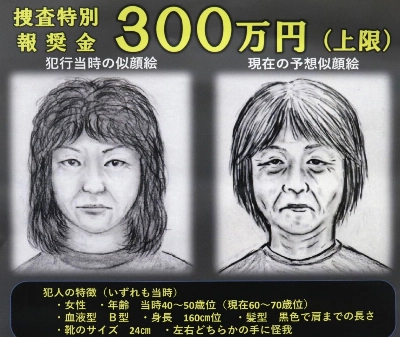Finding their personal voice, something an artist can call their own, is a sublime achievement. The nihonga (Japanese-style) painter Insho Domoto (1891-1975) channeled the voices of at least a dozen others to forge his own unique one and create an exhaustive and encyclopedic body of work.
Throughout his career, Insho kept changing styles, resisting stagnation by taking in such diverse influences as Persian miniatures, Buddhist icons, narrative picture scrolls, Picasso, Wassily Kandinsky and decorative Rimpa painting. He even designed his own museum -- perhaps the most contentious work of his divisive career.
The exhibition "Insho Domoto's Challenge -- What is Nihonga?" showing at the Kyoto Prefectural Insho-Domoto Museum of Fine Arts till April 8, reveals another of Insho's contested legacies: his shift from representation to abstraction. Major nihonga painters approached abstraction infrequently, but Insho was inspired after a trip to Europe in 1952 when the artist was 64 years old. The effects of new encounters on Insho were almost instantaneous -- as soon as he learned something new, it often found its way into new works. The same thing happened when he made yearly visits to China in the early 1920s, which resulted in an interest in Chinese literati painting for a decade.

















With your current subscription plan you can comment on stories. However, before writing your first comment, please create a display name in the Profile section of your subscriber account page.